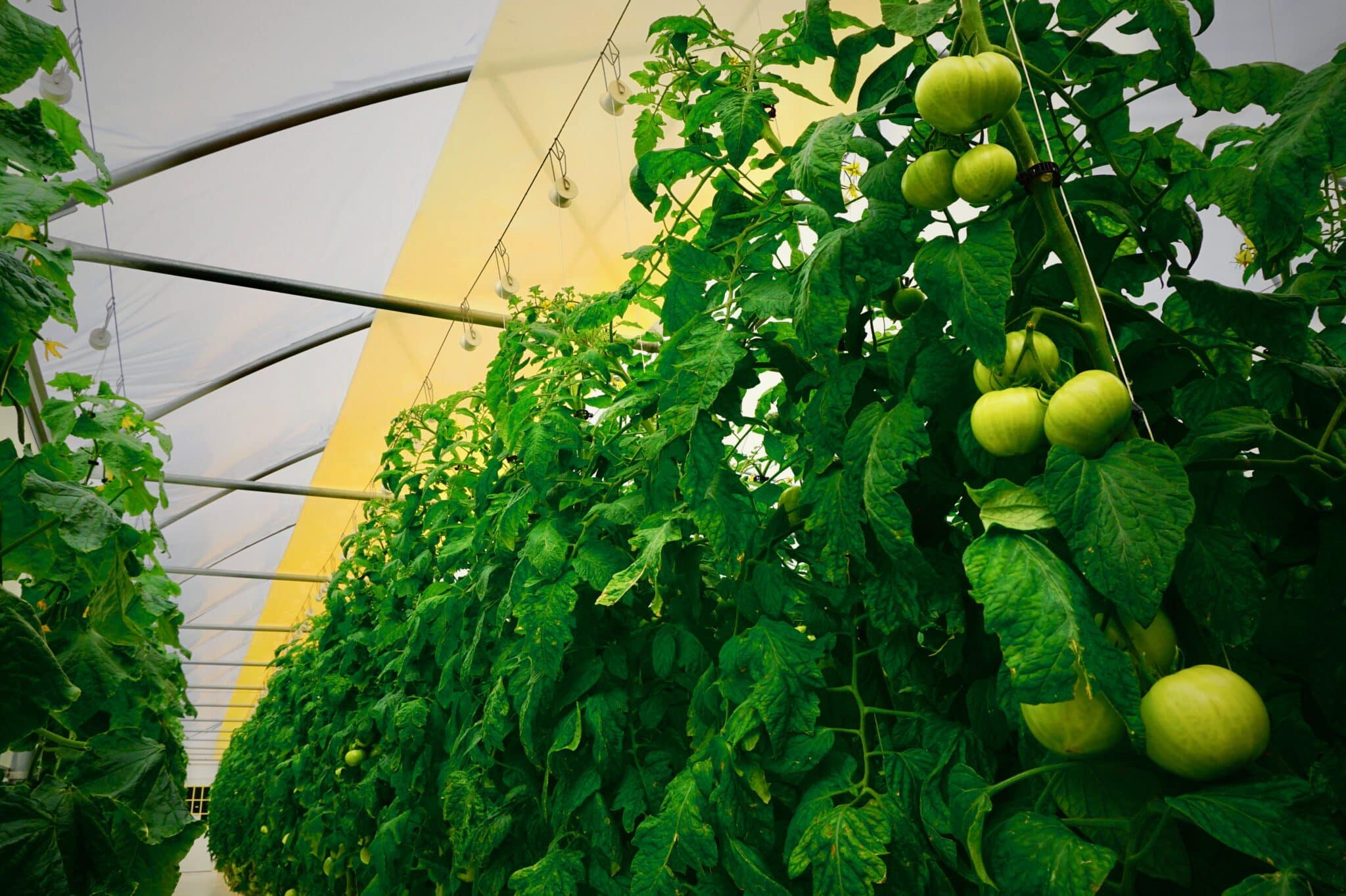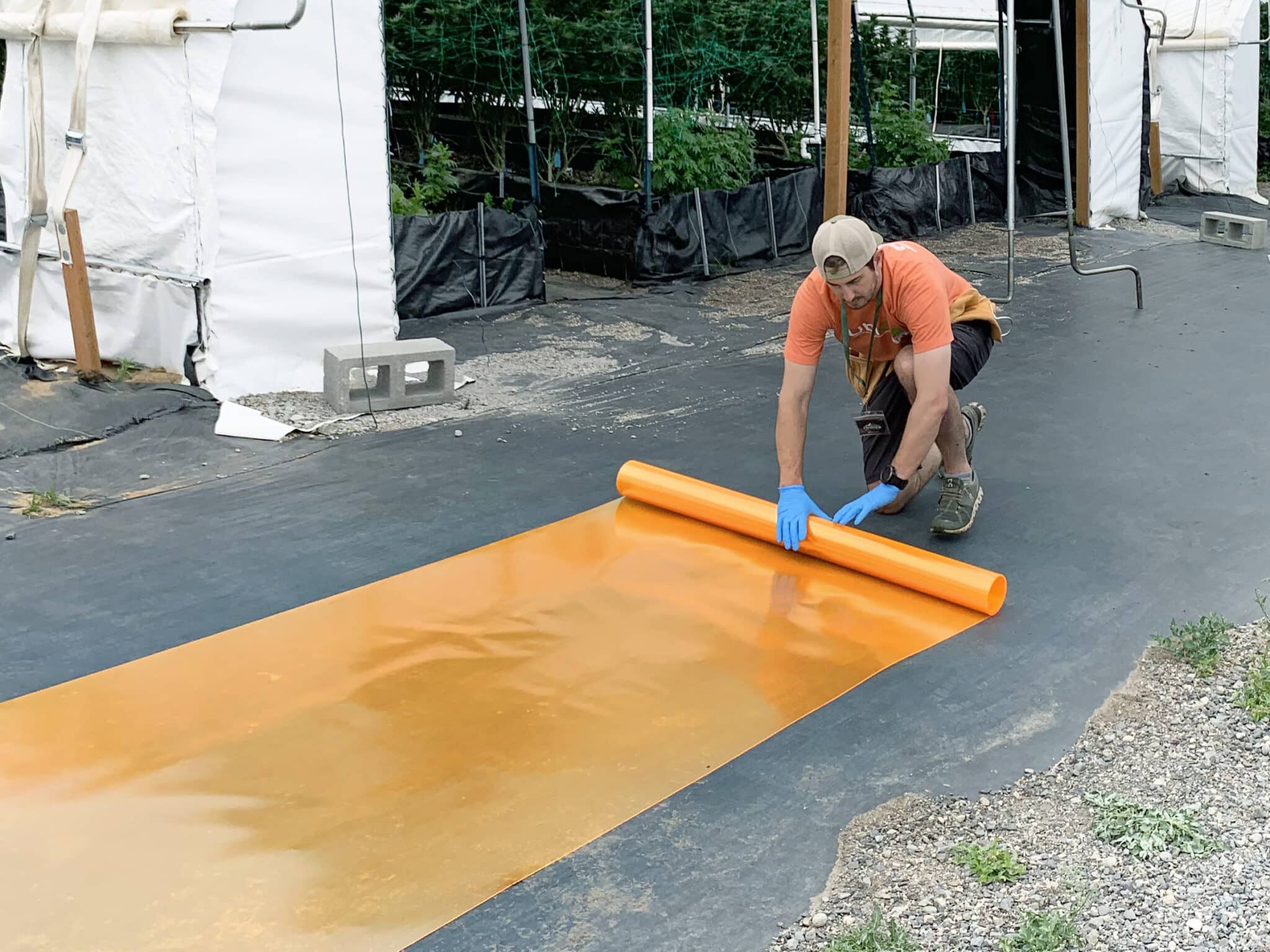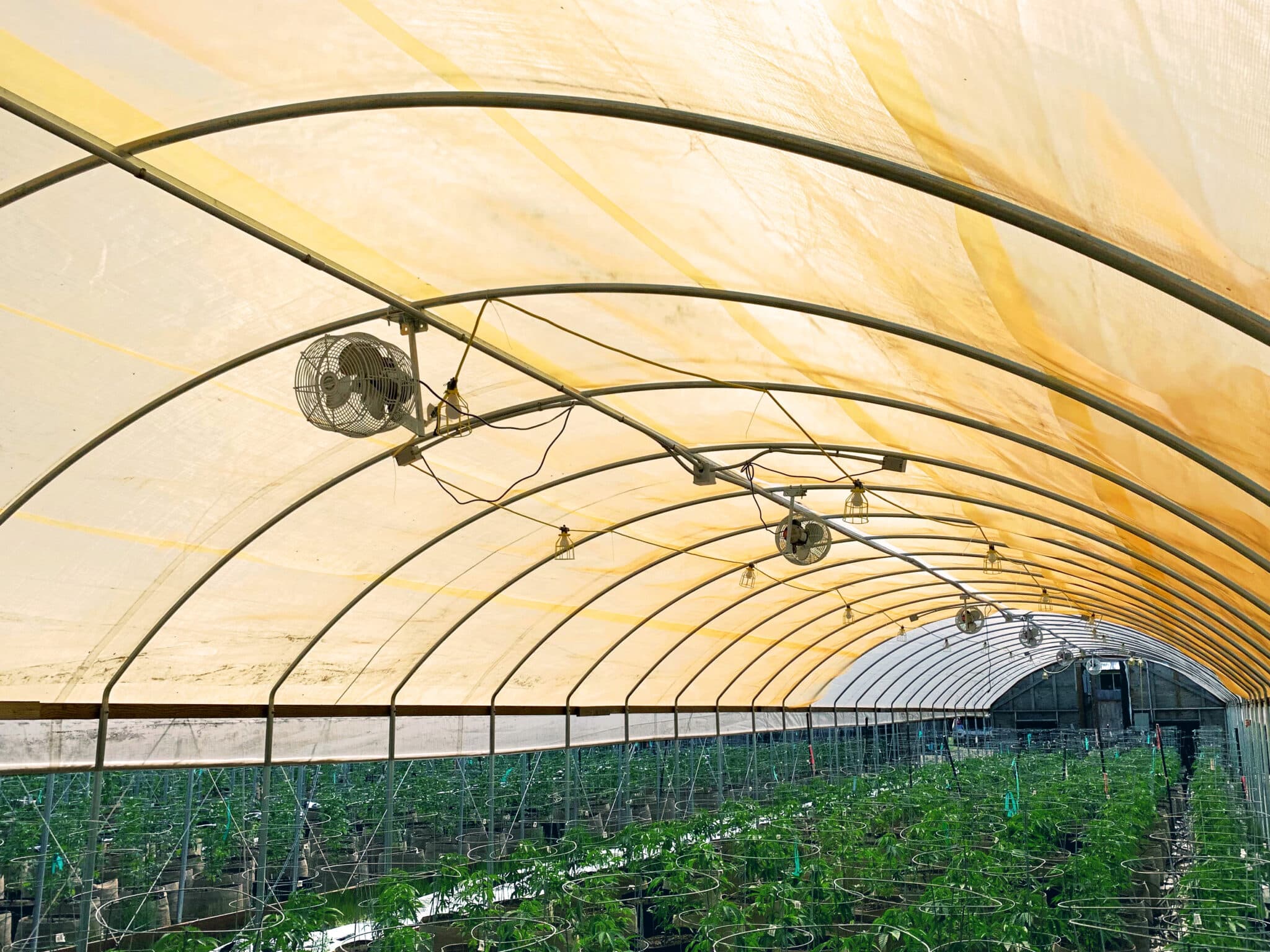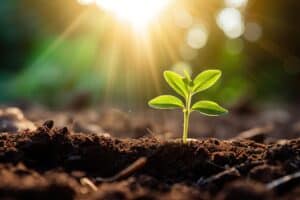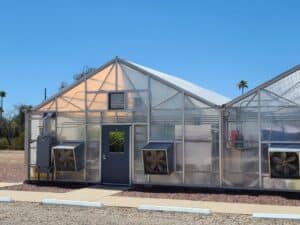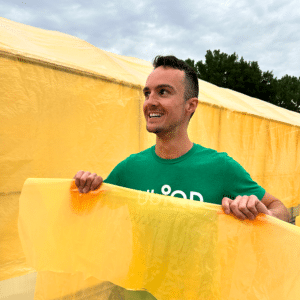
6 Steps to Design A Sustainable Greenhouse
Designing a sustainable greenhouse involves incorporating energy-efficient systems, using eco-friendly materials, and considering long-term environmental impacts. By focusing on sustainability, you can reduce the environmental footprint of your greenhouse while maximizing its productivity and efficiency. Here are six steps to guide you in designing a sustainable greenhouse:
1. Choose Sustainable Materials
When building an eco-friendly greenhouse, selecting sustainable materials is crucial. Opt for recycled or renewable materials such as reclaimed wood, bamboo, or steel for the structure. These materials not only reduce the demand for new resources but also provide durability and aesthetic appeal to your greenhouse.
Additionally, choosing eco-friendly glazing options like polycarbonate or energy-efficient glass helps in reducing heat loss while maximizing light transmission. These materials ensure that your greenhouse remains energy-efficient, allowing for better control over temperature and light without excessive reliance on external energy sources.
Reclaimed Wood
Reclaimed wood comes from old barns, warehouses, or other structures that are no longer in use. It’s processed and repurposed for new construction projects.
Reusing wood prevents deforestation and reduces waste. It also has a lower carbon footprint compared to newly harvested lumber.
Reclaimed wood can be used for building the greenhouse frame, benches, and shelving. It adds a rustic, natural aesthetic while being eco-friendly. Ensure the wood is treated to resist moisture and pests, which are common in greenhouse environments.
Bamboo
Bamboo is a fast-growing, renewable resource that is often used as a substitute for wood in construction projects.
Bamboo grows much faster than trees (up to 3 feet per day) and can be harvested without killing the plant, allowing continuous regrowth. It also absorbs more CO2 than many other plants, making it an excellent carbon sink.

Bamboo is strong and durable, making it ideal for framing or supporting structures in a greenhouse. It can be used to create trellises, plant supports, or even as structural beams. Bamboo can also be used for interior elements like shelving and dividers.
Steel
- Steel is a strong and versatile metal commonly used in construction.
- When sourced from recycled materials, steel has a long lifespan and can be recycled indefinitely without losing its properties. This makes it a highly sustainable option for long-term structural needs.
- Steel can be used for the greenhouse framework, providing a sturdy and resilient structure. It is particularly useful in areas that experience extreme weather conditions, as it can withstand strong winds, heavy snow loads, and other challenges. Galvanized or stainless steel is ideal to prevent rust in humid greenhouse environments.
- Steel is a strong and versatile metal commonly used in construction.
2. Incorporate Energy-Efficient Systems
To make your greenhouse more sustainable, integrate energy-efficient systems. Installing solar panels can help harness renewable energy, reducing dependence on non-renewable power sources, while lowering your greenhouse’s carbon footprint.
Replace traditional incandescent or fluorescent lighting with UbiGro’s advanced film and cover technology. This innovative system optimizes sunlight, making your greenhouse more energy-efficient while reducing electricity costs. By using UbiGro film, you enhance the growth environment for your plants while staying committed to sustainability.
UbiGro’s Advanced Film and Cover Technology
UbiGro offers advanced film that optimize natural sunlight, increasing light intensity in the photosynthetically active range for plants.
UbiGro film is designed to replace traditional incandescent or fluorescent lighting, drastically reducing the need for electricity. This innovative system harnesses and redistributes natural sunlight more efficiently, enhancing plant growth while lowering energy consumption. By relying more on sunlight and less on artificial light, your greenhouse becomes significantly more energy-efficient.
Install UbiGro film so it hangs from the ceiling or go for the cover for the greenhouse. These can be placed over existing glazing materials such as polycarbonate or glass. UbiGro film works by optimizing the spectrum of sunlight to better suit plant growth. They allow you to cut down on artificial lighting while still ensuring plants receive the optimal light they need to thrive. This makes them a perfect solution for improving sustainability without compromising productivity.
3. Maximize Natural Light
Proper greenhouse positioning is vital for efficiency. The greenhouse should be positioned in a north-south orientation to ensure even sunlight distribution throughout the day. This positioning maximizes natural light exposure, reducing the need for artificial lighting and helping plants grow more effectively.
In addition, use reflective surfaces within the greenhouse to bounce light onto plants. This reduces shadowing and ensures optimal light usage, further minimizing the need for additional energy input, and promoting an eco-friendly design.
Reflective Surfaces
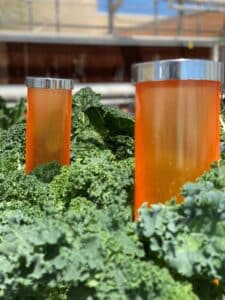 Reflective surfaces include materials like white paint, aluminum foil, or reflective insulation panels.
Reflective surfaces include materials like white paint, aluminum foil, or reflective insulation panels.- Reflective surfaces maximize the use of natural light by reflecting sunlight onto plants, reducing the need for artificial lighting. This is especially useful in greenhouses, where certain areas may not receive enough direct sunlight.
- Apply reflective materials to the greenhouse’s walls or ceiling, particularly in areas that receive little sunlight.
- Objects such as Umi can be placed within the plants to improve light placement and plant growth.
4. Optimize Water Management
Efficient water management is essential for any sustainable greenhouse. Install a rainwater harvesting system to collect and store rainwater for irrigation purposes. This will reduce reliance on external water supplies and promote a more self-sufficient operation.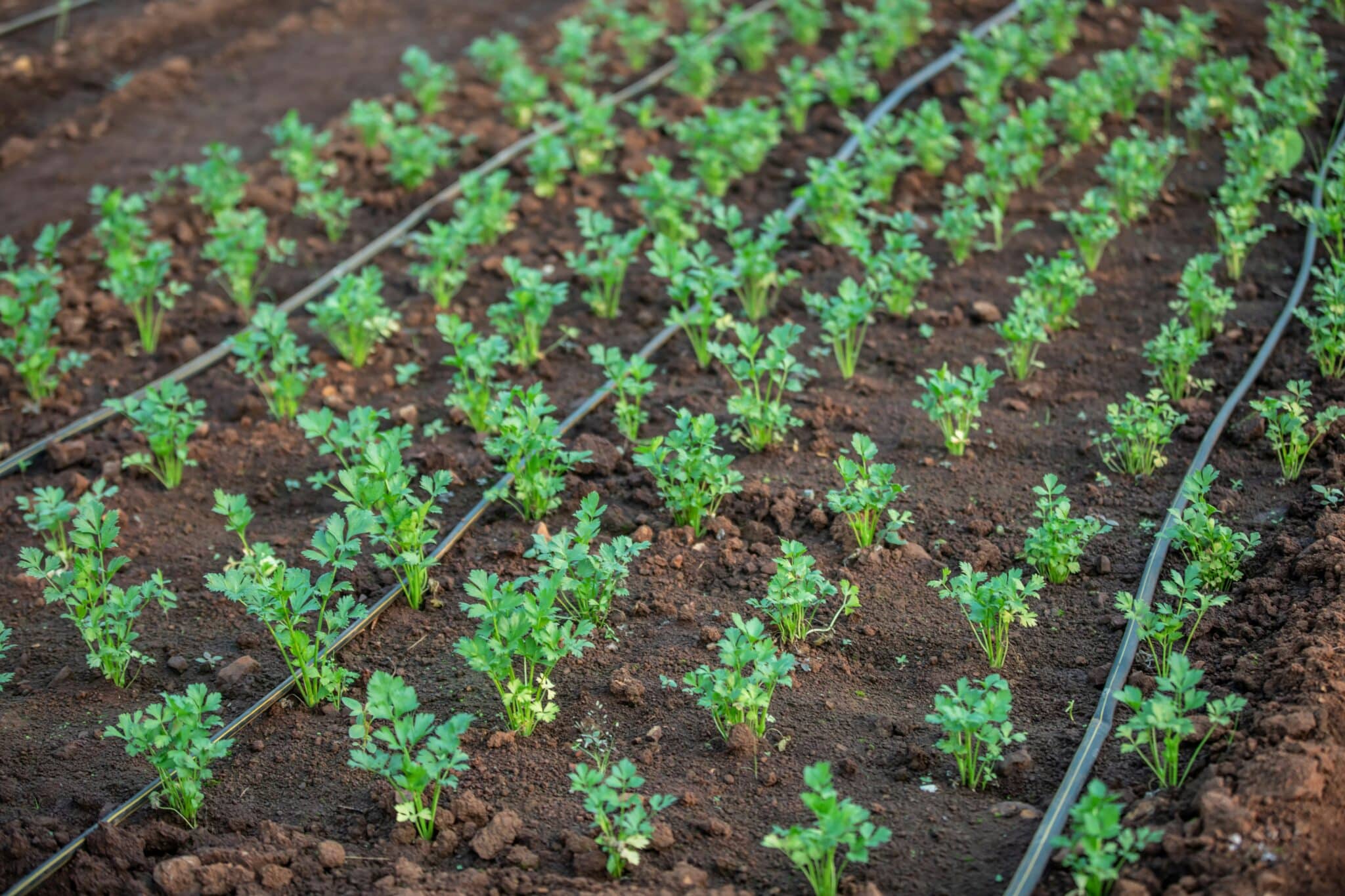
Implementing drip irrigation systems ensures that your plants receive precise hydration. Drip irrigation minimizes water waste by delivering moisture directly to the roots, reducing evaporation and runoff, making it both resource-efficient and environmentally conscious.
5. Design for Proper Ventilation
Proper ventilation helps in maintaining a stable and healthy growing environment. Utilize natural ventilation systems like roof vents or sidewall roll-up curtains to regulate temperature and humidity without relying heavily on electricity. This promotes airflow, ensuring that plants receive adequate oxygen and that excess heat is dissipated naturally.
You can also integrate thermal mass materials such as stone or brick walls that absorb heat during the day and release it at night. This passive heating and cooling method helps maintain consistent temperatures, reducing the need for external energy input.
Thermal Mass Materials (Stone, Brick, Concrete)
- Thermal mass materials like stone, brick, and concrete can store and release heat slowly over time.
- These materials absorb heat during the day and release it at night, reducing the need for external heating sources. This passive heating system helps maintain a stable temperature inside the greenhouse without consuming energy.
- Thermal mass materials can be used for flooring or internal walls within the greenhouse. They are particularly effective when placed in areas that receive direct sunlight during the day. For example, a wall made of stone or brick on the south side of the greenhouse can absorb heat and radiate it back during cooler nights.
6. Implement Sustainable Growing Practices
 Adopting sustainable growing practices is key to maintaining an eco-friendly greenhouse. Set up composting systems to recycle plant waste into organic fertilizer. This method reduces the need for synthetic fertilizers and improves soil health, making the growing process more sustainable.
Adopting sustainable growing practices is key to maintaining an eco-friendly greenhouse. Set up composting systems to recycle plant waste into organic fertilizer. This method reduces the need for synthetic fertilizers and improves soil health, making the growing process more sustainable.
Additionally, explore vertical farming techniques to maximize the use of space. Vertical farming allows you to grow more plants in a smaller footprint, which is particularly important in urban or limited-space environments. It not only conserves space but also enhances efficiency, reducing the greenhouse’s environmental impact.
What next?:
Ready to take your sustainable greenhouse design to the next level? UbiGro’s innovative film technology can help you optimize sunlight for maximum plant growth while minimizing your energy footprint.
Learn how UbiGro can make your greenhouse more efficient, eco-friendly, and productive. Contact UbiGro and start your journey towards a sustainable future today!

Eric Moody
Eric Moody is UbiQD's Director of UbiGro Sales. Eric has more than 8 years of experience in the horticulture lighting industry, building relationships with greenhouse growers of all sizes and crops on optimal lighting for their growing operation, and most recently managed a North American sales team for PL Light Systems. Overall, Eric has been in sales leadership positions for more than 17 years. Eric brings with him a great understanding of the market and available technologies for growers, greenhouse facilities, and sales leadership.
Share:
Related Posts
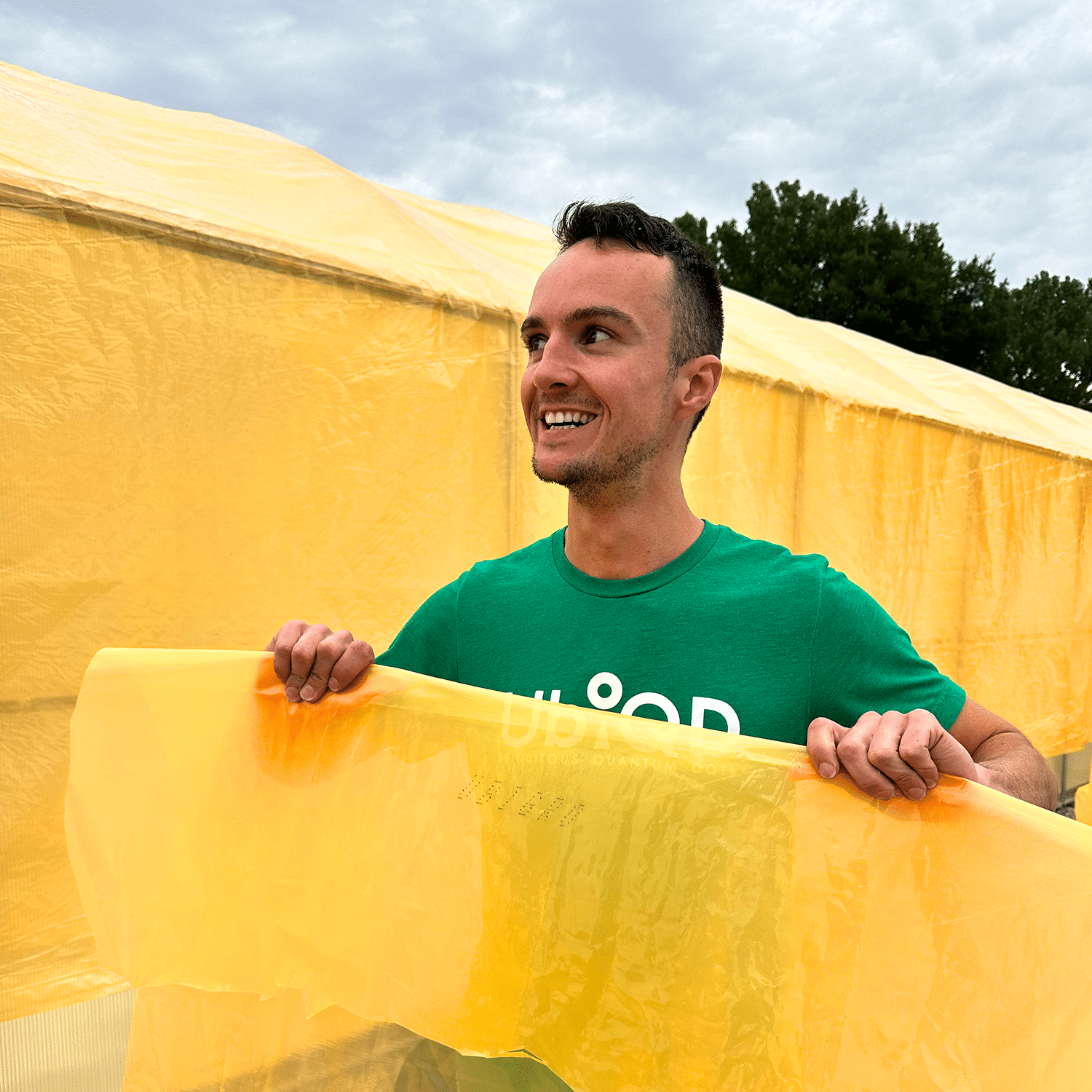
Social
Categories
Lorem ipsum dolor sit amet, consectetur adipiscing elit. Ut elit tellus, luctus nec ullamcorper mattis, pulvinar dapibus leo.
Connect With Us
Company
Resources
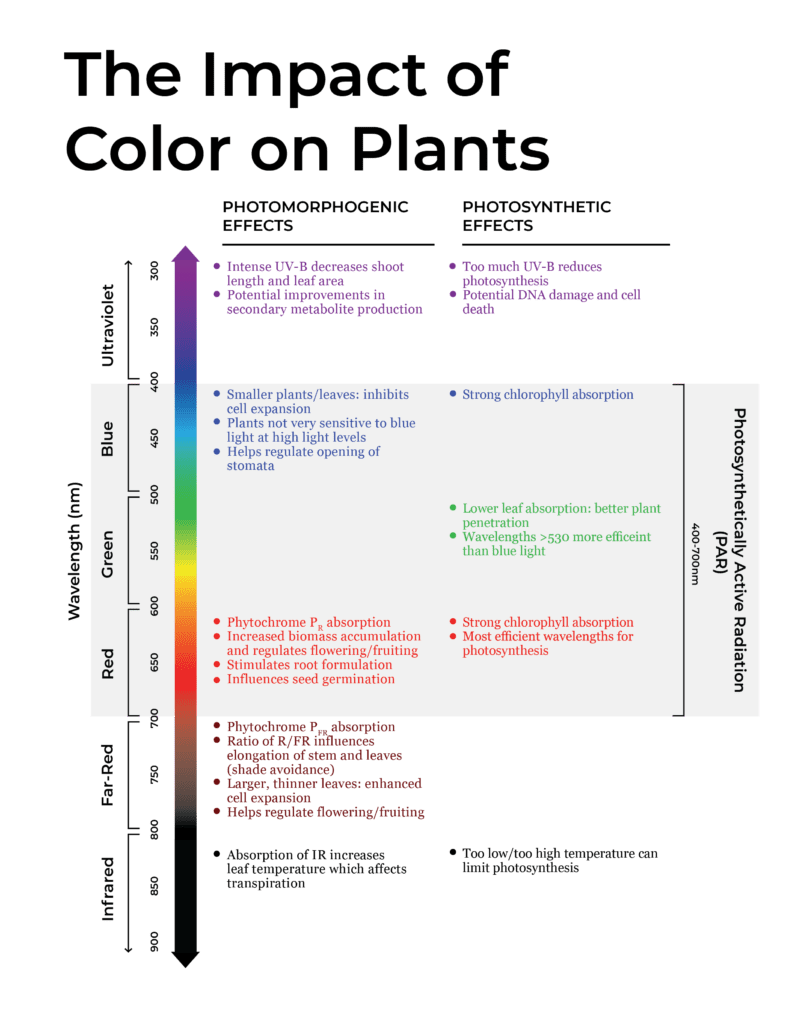

Hunter McDaniel, PhD
Founder & CEO
Hunter earned a Ph.D. in Materials Science and Engineering at the University of Illinois at Urbana-Champaign, before joining Los Alamos National Laboratory in the Chemistry Division. Ultimately the value proposition of UbiGro is about boosting crop yields and quality without the cost or energy impact of lighting. Hunter has more than fifty publications and patents, and more than 2000 total citations, h-index: 20. Hunter fundamentally believes that novel materials underpin every significant technology advancement, and he is focused on leveraging new materials to have a lasting and sustainable impact.

Damon Hebert, PhD
Director of Agriculture
Damon brings a wide range of experience in agriculture, materials science, spectroscopy, and small business. During his time in Prof. Angus Rockett’s research group at The University of Illinois at Urbana-Champaign (UIUC), Hebert authored a doctoral thesis and multiple papers on the materials science of CIGS semiconductor materials, which is closely related to the materials developed at UbiQD. He also served as a consultant to Nanosolar, a CIGS nanocrystal solar cell manufacturing company. Hebert has industry experience having co-founded Dr. Jolly’s, a leading cultivation and distribution operation in Bend, OR.

Tania Lafaille
Sales Representative
Tania is a UbiGro Sales Representative, with over 7 years of experience in product sales (specifically berries and avocados) covering all of North America and parts of South America. While in agriculture, Tania has cultivated strong relationships with growers and distributors, granting her a unique insight into both perspectives. That understanding, paired with her fierce dedication to results, drives her fun and fiery commitment to her craft. Tania is based in Gilroy, CA.

Tyler Veyna
Sales Representative
Tyler brings 15 years of experience in Greenhouse production and facility management of a wide range of crops in multiple states to the UbiGro team. Based in Salinas, California. “Being a fourth-generation farmer, I look to improve and empower the grower, and with UbiGro, we can do just that.”

Jim Gideon
Sales Manager
Jim Gideon is an UbiGro Sales Manager, with over 25 years of greenhouse industry sales experience covering all of North America. Previously Jim has worked for Green Tek, Plazit-Polygal, Texel, Cherry Creek, and Nexus. He is based in Montgomery, AL, and Jim believes that “light is everything to the grower.”

Eric Moody
Director of Sales
Eric Moody is UbiQD’s Director of UbiGro Sales. Eric has more than 6 years of experience in horticulture lighting industry, building relationships with greenhouse growers of all sizes and crops on optimal lighting for their growing operation, and most recently managed a North American sales team for PL Light Systems. Overall, Eric has been in sales leadership positions for more than 13 years. Eric brings with him a great understanding of the market and available technologies for growers, greenhouse facilities, and sales leadership. Reach Eric by phone at 541-490-6421 or by email at [email protected].

Mike Burrows, PhD
Dr. Michael Burrows is UbiQd’s Vice President of Business Development. His educational background includes a Materials Science doctorate from the University of Delaware and an MBA from Duke University Fuqua School of Business. His career has specialized in the commercialization of novel electronic materials in venture-run programs for different industries including solar, biosensors, and the automotive industry. In both start-up and corporate environments, he has extensive experience in global market development, foraging supply chain partnerships, productization, and brand building. He is currently leading UbiQD’s partnership efforts in luminescent greenhouse technology, smart windows, and security ventures.

Matt Bergern, PhD
Cheif Product Officer
As Chief Product Officer at UbiQD, Dr. Matt Bergren leads the company’s product development efforts, sales, and product manufacturing, including the company’s first commercial agriculture product, UbiGro. He plays a critical role in continuing the company’s path of technology development and vision of powering product innovations in agriculture, clean energy, and security.
He serves as the principal investigator for UbiQD’s contract with NASA, focused on tailoring the solar spectrum for enhanced crop production for space missions. Dr. Bergren’s leadership experience includes serving on the board of directors for the New Mexico Energy Manufacturing Institute, focused on job creation in New Mexico’s energy, and related manufacturing community.
